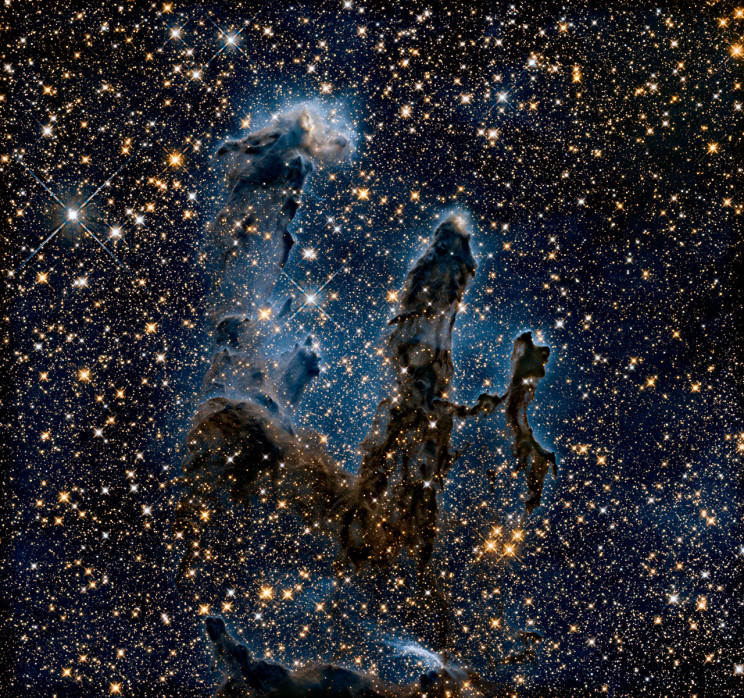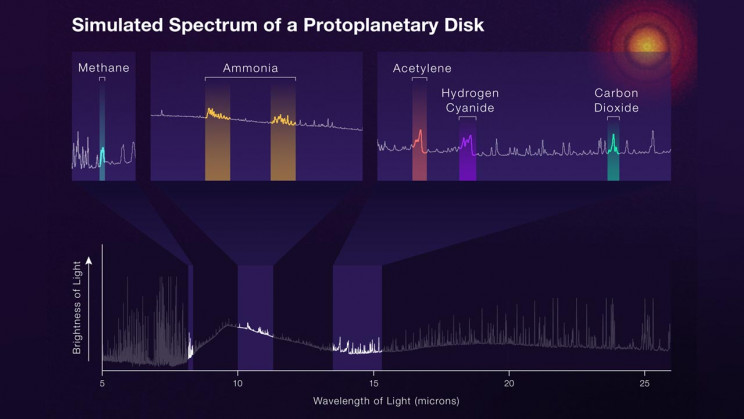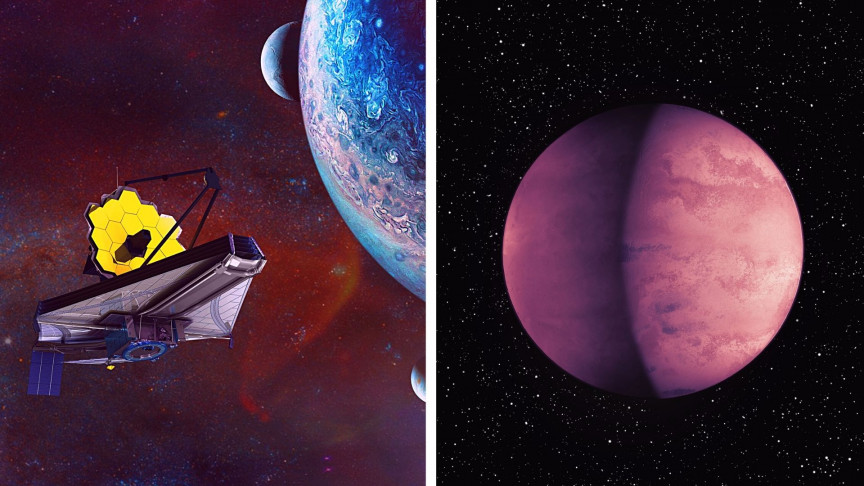We won’t stop saying it.
The James Webb Space Telescope will change modern astronomy for storage, in so many ways that it will outshine the Hubble Space Telescope in the scope and depth of scientific discoveries and advances.
But the main goal for the first year of Webb’s science mission involved the pursuit and examination of alien worlds beyond our solar system — specifically how they, and the potential for water and organic life, emerged, according to blog post shared on the official NASA website.
The James Webb Space Telescope will reveal unprecedented planet and star formation
“In the first year of science operations, we expect Webb to write a new chapter in the history of our origin — the formation of stars and planets,” Klaus Pontoppidan, Webb scientist from the Space Telescope Science Institute, said in a blog post.
Get more updates on this story and more with Blueprintour daily newsletter: Register here for free.
“It is the study of star and planet formation with Webb that allows us to link observations of mature exoplanets to their birth environment, and our solar system to its own origin,” Pontoppidan added. “Webb’s infrared capabilities are ideal for revealing how stars and planets form for three reasons: Infrared light is great for seeing through cloudy dust, capturing hot signatures of young stars and planets, and revealing the presence of important chemical compounds, such as water and organic chemistry. “

MIRI Webb can see through clouds 20 times thicker than the Hubble boundary
Mid-infrared light (seen via Webb’s MIRI instrument) can travel through clouds that are 20 times thicker than visible light can penetrate. This is especially important for spotting young stars (which form relatively quickly, sometimes in as little as 100,000 years), hidden within their birth clouds. These clouds haven’t spread out for young stars, which means we can’t actually see visible light.
This is why Webb’s infrared capabilities are so important — enabling us to see, study, and understand the beginning of star formation, when gas and dust was still collapsing inward, to give birth to baby stars.
But that’s not all we’ll find in the cloud of Christmas stars.

We will see the protoplanets at the beginning of their evolution
“The second reason has to do with the young star and the giant planet itself,” Pontoppidan continued, in a blog post. “Both began their lives as large, swollen structures that shrunk over time. While young stars tend to get hotter as they mature, and giant planets cool, they usually emit more light in the infrared than in the visible wavelengths. That means Webb is great at detecting new young stars and planets and can help us understand the physics of their early evolution.”
“Previous infrared observatories, such as the Spitzer Space Telescope, used similar techniques for nearby star-forming clusters, but Webb will find new young stars throughout the galaxy, the Magellanic Cloud, and beyond,” added Pontoppidan.
“MIRI will also observe warm molecular gas near many young stars where potentially habitable rocky planets might form,” Pontoppidan said. Such observations would allow astronomers to eventually build consensus on the concentration of bulk molecules, including the origin of ice, “in the early stages of planet formation. It’s no surprise that much of Webb’s early scientific investigations were aimed at measuring how planetary systems build molecules that may be essential to the emergence of life as we know it.” If you can’t wait, neither can we.

